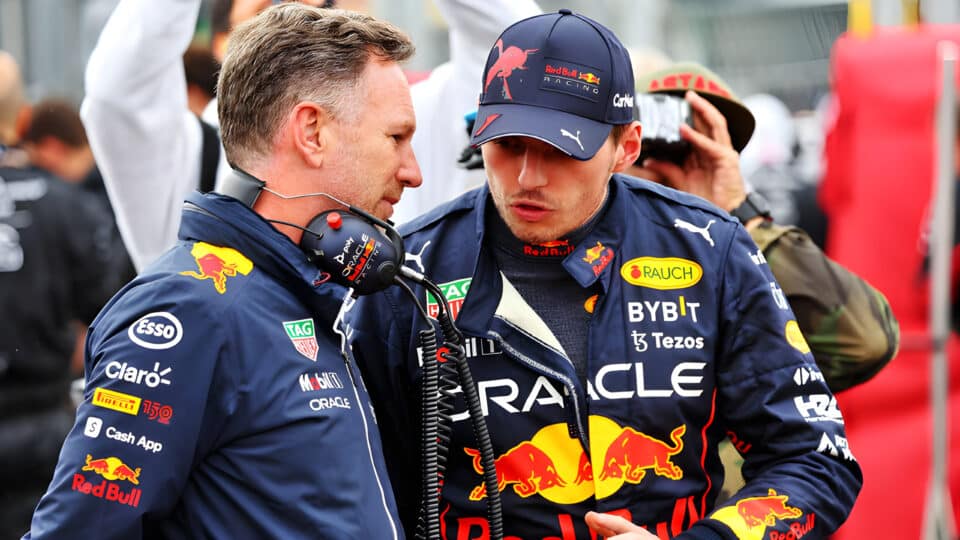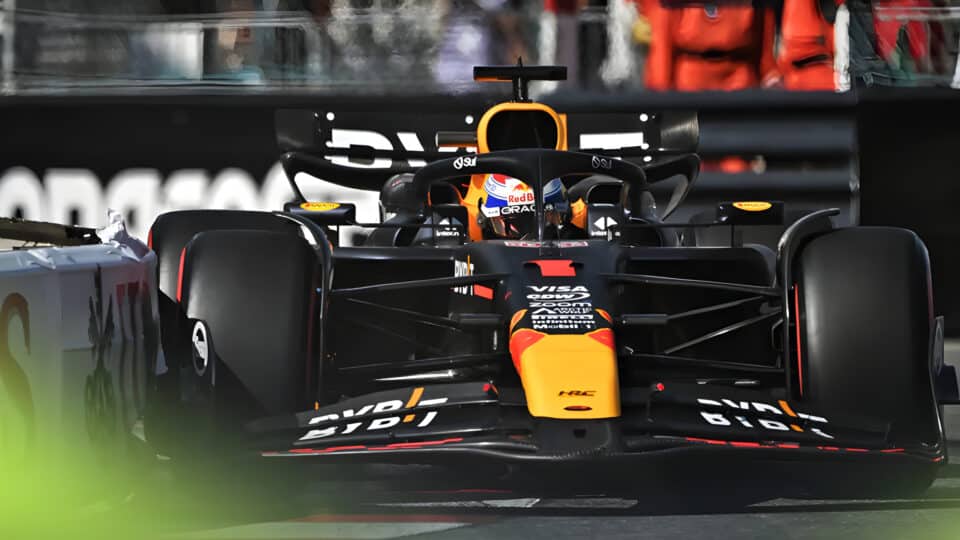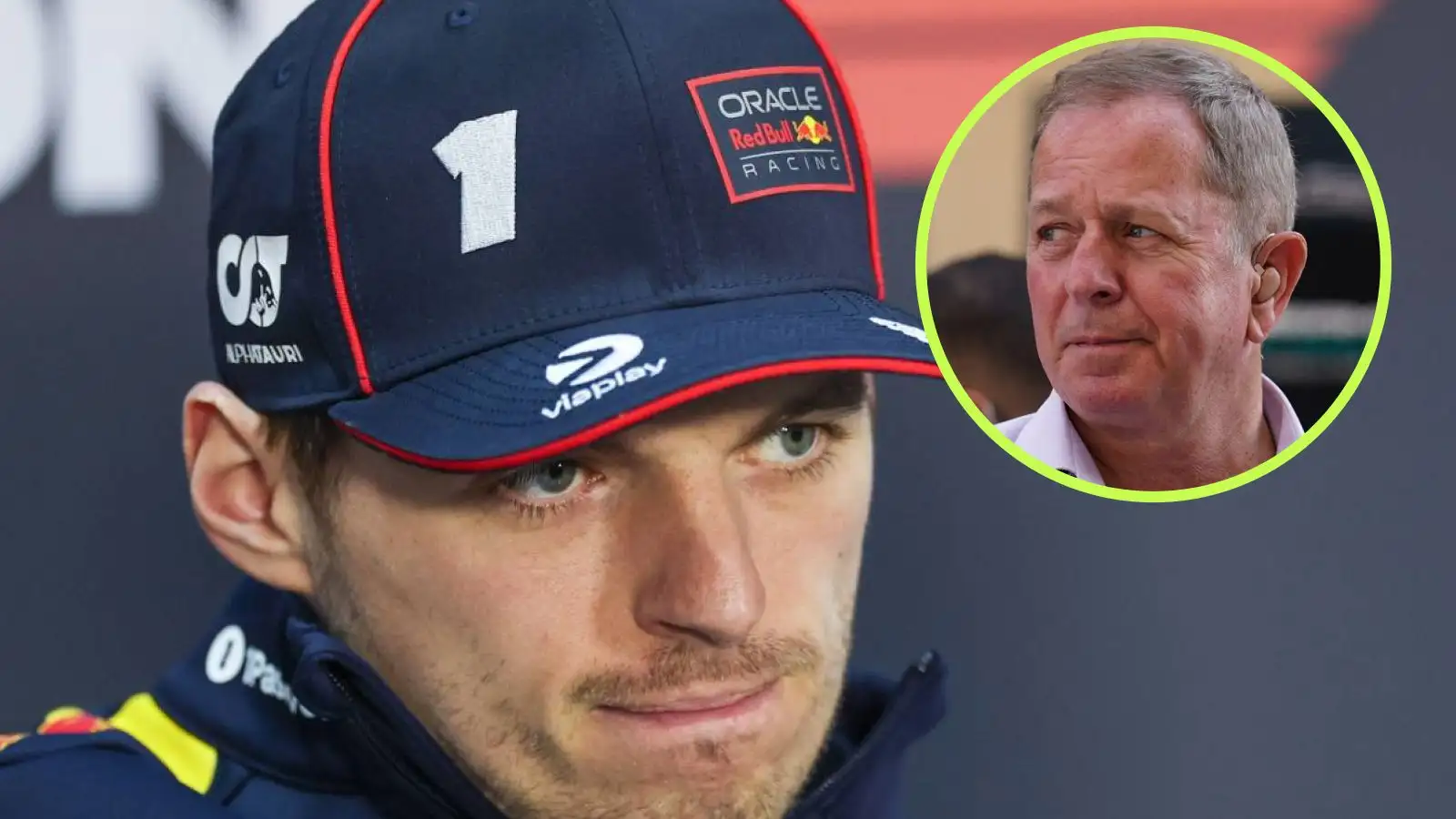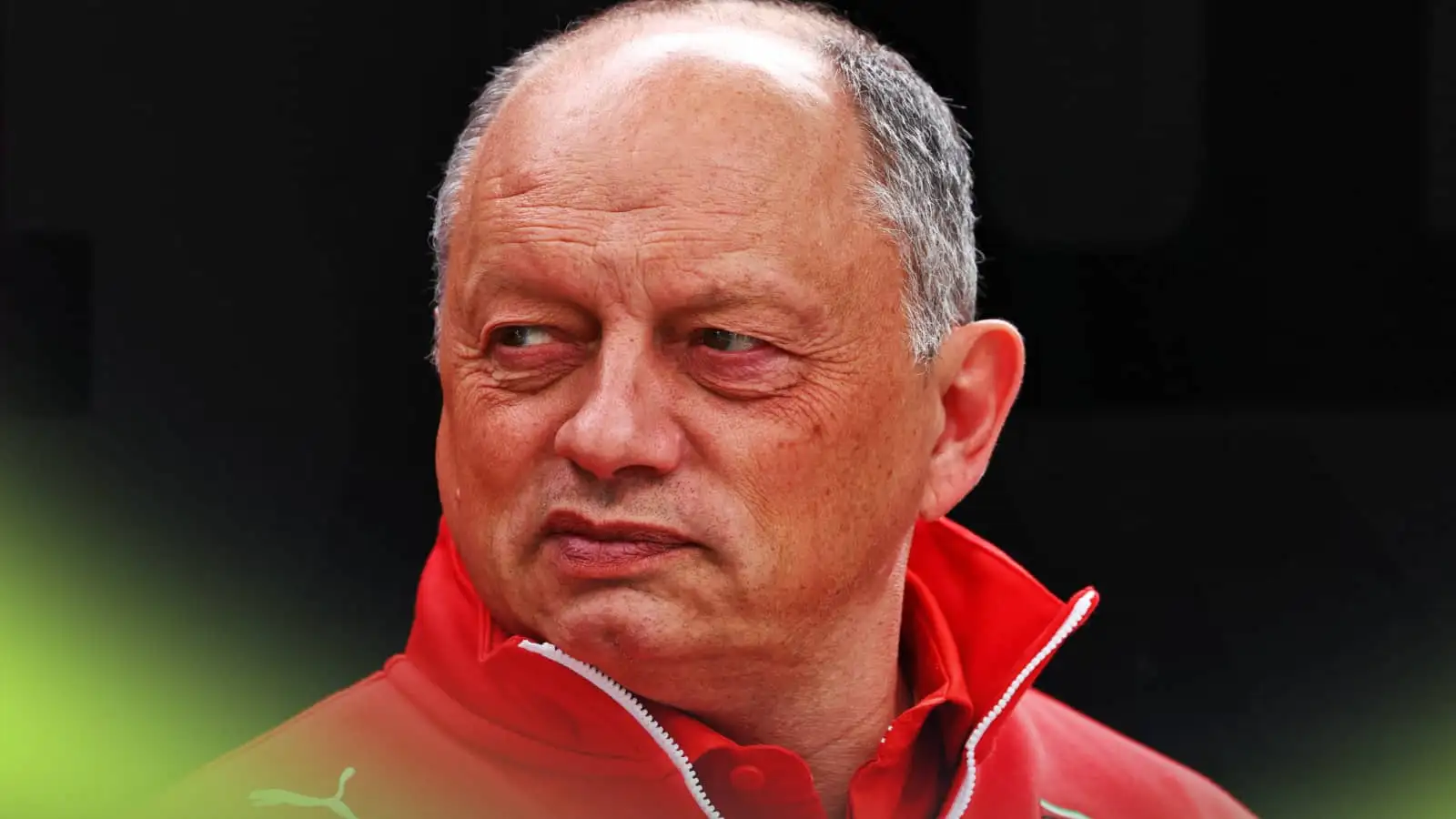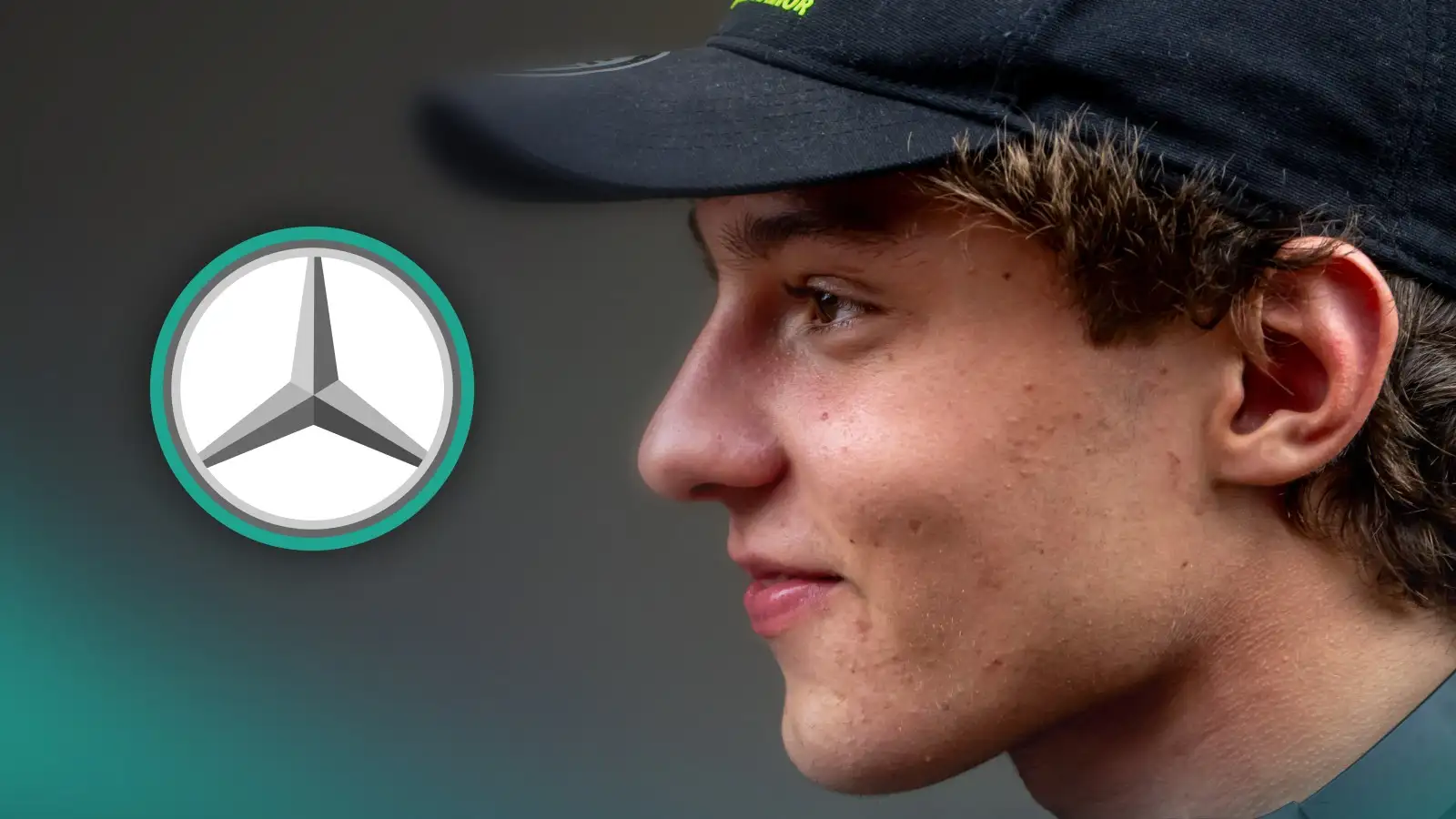Remember when Formula One was all about the unpredictability? Up to thirty-three cars on the grid, independent gentlemen racing against the mighty German manufacturers, and English garagistes crafting their own cars? It was a glorious mess of speed and unreliability.
Back in the day, pit stops weren’t just for show; they were crucial because cars couldn’t carry enough fuel to finish a race without refueling. Fast forward to the turn of the millennium, and things started to get a bit too smooth. Cars became more reliable, and tyre degradation was minimal. The races turned into processions, with barely any excitement as cars ran similar lap times.
In 2010, Bridgestone left Formula One, and Pirelli stepped in as the sole tyre supplier. Pirelli, along with the FIA, decided to spice things up by designing tyres that would degrade quickly. This wasn’t an easy task. Different tracks have different asphalt characteristics, and the tyre needs varied accordingly.
Currently, Pirelli manufactures five dry weather tyres for F1: C1 through to C5. The hardest, C1, lasts longer but is slower, while the softest, C5, offers more grip but degrades quickly. Even with these options, drivers and teams are constantly strategizing. Take the recent Monaco Grand Prix, for example. Despite starting with the softest compounds, a red flag on lap one led teams to switch strategies mid-race. Lewis Hamilton was anxious about his medium tyres lasting the distance, but many drivers ended up completing 77 laps on whichever compound they had after the restart.
Pirelli isn’t stopping there. They recently tested a new C6 super soft compound at Le Castellet’s Paul Ricard circuit in France with Ferrari’s Carlos Sainz behind the wheel. Mario Isola, Pirelli’s motorsport director, explained that the idea is to introduce a softer compound suitable for the increasing number of street circuits on the calendar. The challenge is to balance between overheating and degradation.
For 2025, Pirelli is planning to expand the range to six compounds and is in discussions with the FIA about bringing four compounds to each race instead of the current three. This year, drivers have voiced their frustrations about the tyres overheating too easily, forcing them to drive more conservatively.
Lewis Hamilton, in particular, hasn’t held back his criticism. Speaking after the Miami Grand Prix, Hamilton said, ‘I think we’re just working in a really, like, minuscule window of tyre temperatures. Honestly, it’s probably the most frustrating thing. This is definitely my least favourite tyres of my career.’ Next up is Montreal, Canada, with its newly resurfaced track. This could mean higher tyre degradation, but we’ll only know once practice sessions start.
Modern F1 cars are highly reliable, and the drivers are incredibly skilled. This doesn’t always make for the most thrilling races. It’s up to Pirelli to find that perfect balance where drivers can push the limits without having to constantly manage their tyres, leading to exciting pit stops and diverse race strategies.
Pirelli’s ongoing efforts to refine F1 tyres aim to inject a renewed sense of excitement and strategy into the sport. As they continue to test and innovate, the hope is that future races will bring back some of that unpredictable charm that fans miss.

